Connecting VMware Cloud on AWS to Native AWS Services – a UKVMUG presentation
I had the huge pleasure today of presenting a community talk at the UK VMUG in the stellar location of the UK National Space Center in Leicester…there was an actual rocket!
I’ve been super interested in the recent love fest of VMware and AWS. The titans of private and public clouds have entered into a marriage of stratospheric nerdy potential. I recently attended AWS re:Invent with plenty of blogging! What interests me more than just running vSphere VMs on ESXi on Amazon hardware (which is a fancy colo if you ask me) is being able to take advantage of all the myrid AWS services from within those vSphere VMs. AWS has a vast array of service which can be consumed directly and can really help augment your tried and trusted vSphere VMs.
Presentation TL;DR
I went through a short overview of the VMware Cloud on AWS service and delved more deeply into the key networking component which is the Elastic Network Interface. This is an AWS virtual Nic which connects the two clouds together. Then onto some real use cases like connecting vSphere VMs to storage with S3/EFS, connecting an app running on a vSphere VMs to a RDS database running in AWS. Then turning the connectivity around and using an AWS load-balancer to front a connection to a pool of vSphere web servers.
I then spent some time going into the up and coming AWS-VMware options including RDS on vSphere which is running AWS RDS databases on vSphere in your datacenter. Then I also spoke about the very recently announced AWS Outposts which is AWSs surprising hybrid cloud announcement. Who would have thought but AWS hardware on-prem which has an option to run a vMware SDDC. There’s also CloudFoundation for EC2 which is using vSphere management and networking for EC2 instances wherever they may now be able to reside.
Thanks for attending for the people who were there and if you weren’t able the be here today, hopefully the slides are useful.
I particularly need to make special mention of the screen shots I borrowed from many other VMware and AWS presenters to make this presentation. I don’t actually have a VMware Cloud on AWS in my back pocket so needed to lean on the creation of others and curate their hard work for today’s presentation. See the slides for who helped.
Here are the slides:
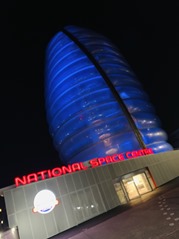
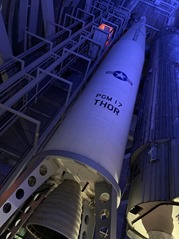

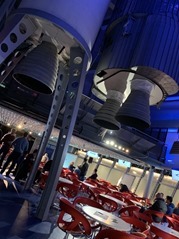
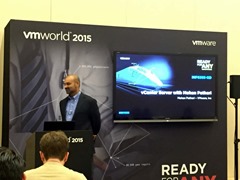
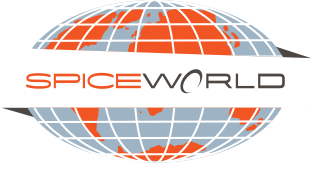
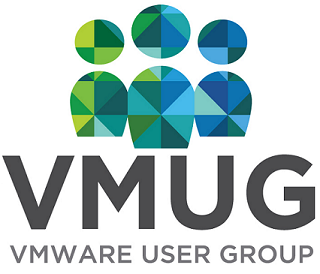



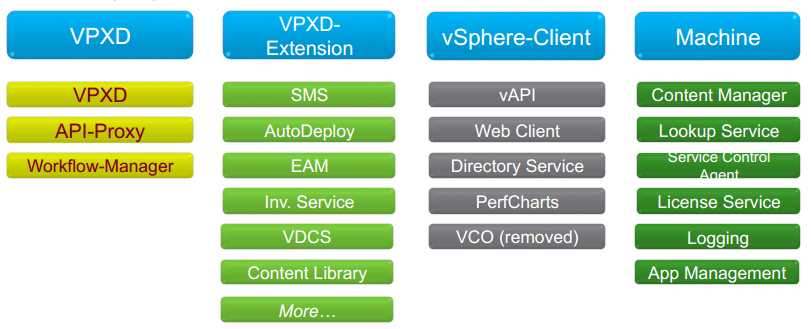
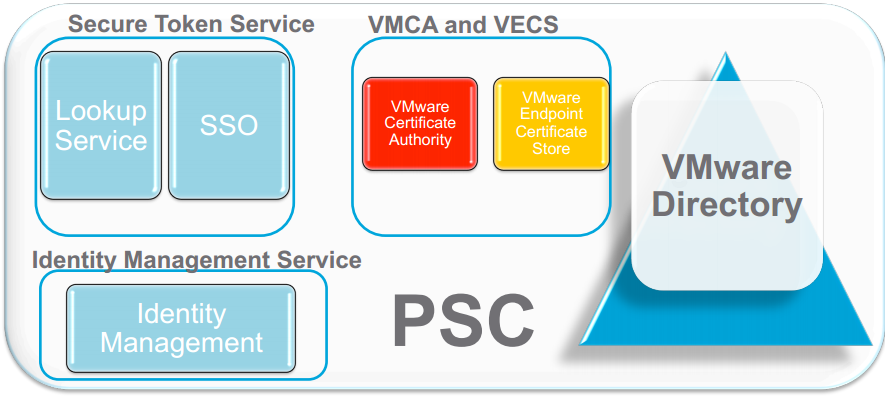




![image_thumb[8] image_thumb[8]](http://www.wooditwork.com/wp-content/uploads/2014/08/image_thumb8_thumb.png)


Recent Comments